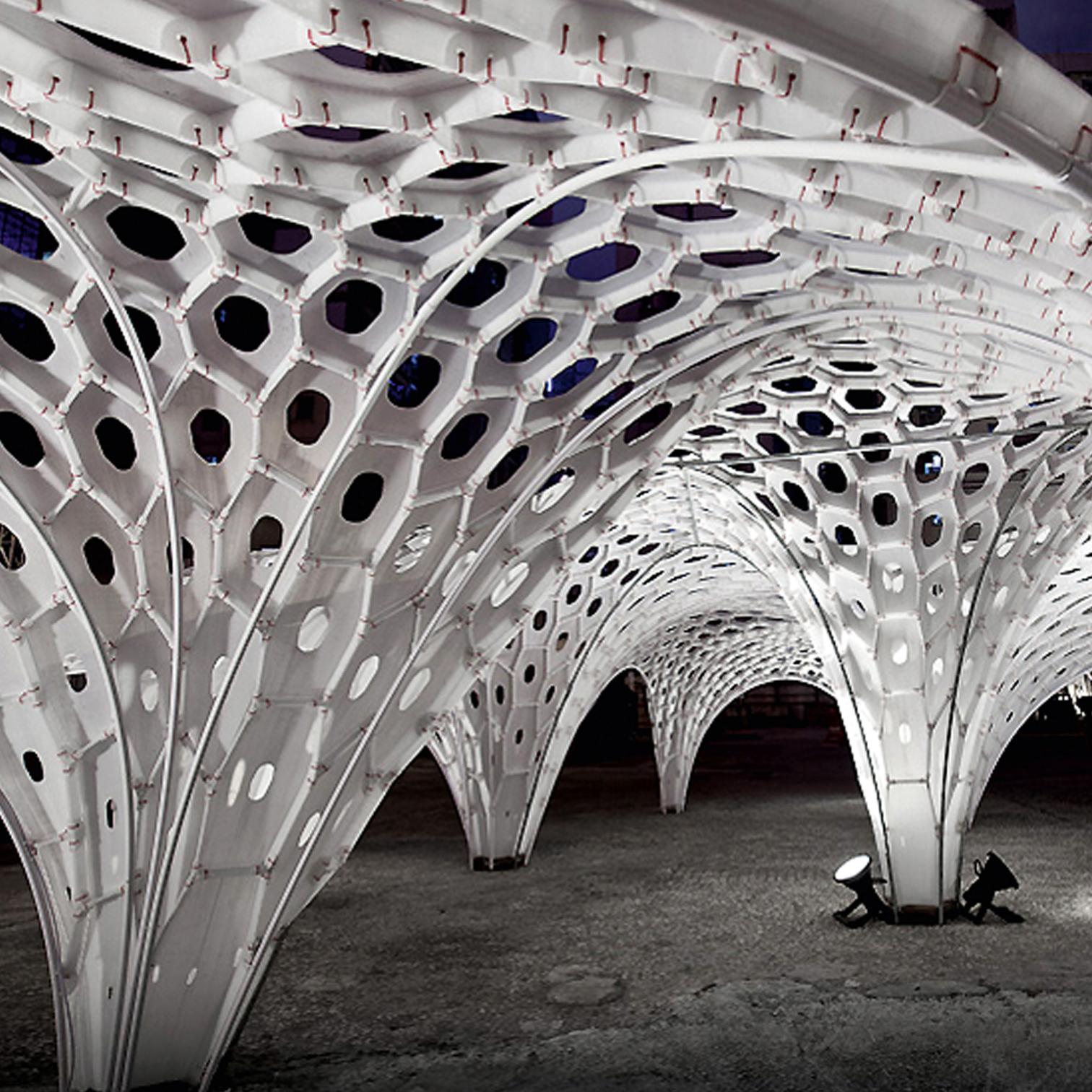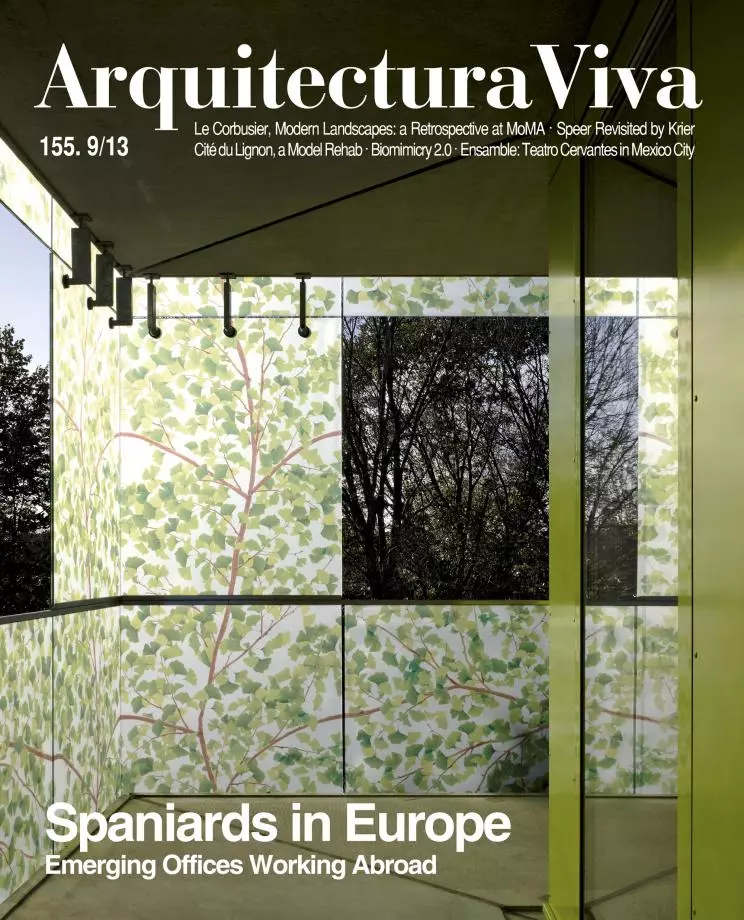
Biomimicry imitates nature to solve human problems. Before the surge of parametric design and digital fabrication, architecture sought inspiration from nature, and it did so in different ways: through the study of specific natural forms, by reproducing complex details, or by extracting the pure geometries underlying the forms. Nowadays the interest has shifted from the specific form to form-generating processes. More morphogenesis and less morphology. The focus is now placed on finding the mathematical laws behind natural patterns, and then creating algorithms that can reproduce those phenomena artificially.
These algorithms do not provide one single answer, but a probability-based answer, that is, families of shapes that fulfill all the parameters established at the beginning. In the natural environment one tree can never be exactly the same as another tree, and in the architectural field we have gone from the systematic repetition of elements – which guaranteed that the production and construction process would be optimized – to the numerically controlled machines which can produce either identical pieces or different pieces (see Arquitectura Viva 137 and 147).
Radiolarian skeletons, for instance, are natural structures that architects and engineers study. The genetic code of these single-celled organisms that live in the ocean can carry, due to their small size, only a few definitions regarding their global form, usually spherical because it is the most convenient shape in environments where gravity is null. The arrangement of the complex shells formed by silica deposits in the vacuoles of the protoplasm is based on self-organized systems that depend on superficial tension principles and optimal packaging.
The ShellStar Pavilion by Matsys and the Radiolaria Project of the University of Kassel are two examples of current architectures that follow these principles. In both cases the prior definition of the design is minimal, because the optimal global form is found via algorithms that simulate gravity (the digital equivalent to the suspended modules of Gaudí). Afterwards, the subdivision of the surfaces obtained, achieved through hexagonal tessellation algorithms that are optimized and submitted to structural analyses. The first project is a pavilion built with polycarbonate pieces, perforated to prevent wind suction and including stiffening layers and reinforcements at the joints between cells, executed with flanges. The second project opts for aluminum bars and milled wood knots consisting of two screwed pieces that permit connecting the bars, whichever their angle.
But biomimicry in the field of architecture can go even much further. Neri Oxman, head of the Mediated Matter research group at the MIT Media Lab, proposes overcoming the existing gap between the processes of analysis, design and fabrication. She dreams of buildings that can change their own shape, as human bones do, or that are able to increase their section when stimulated by weight increase. Oxman – just like Alberto T. Estévez in Catalonia or Enrico Dini in Italy – thinks that buildings in the near future will be printed: their walls will be made with different types of rigid and flexible resins, able to respond to a variety of structural and environmental requirements such as light transmission, heat flows and stored energy.





